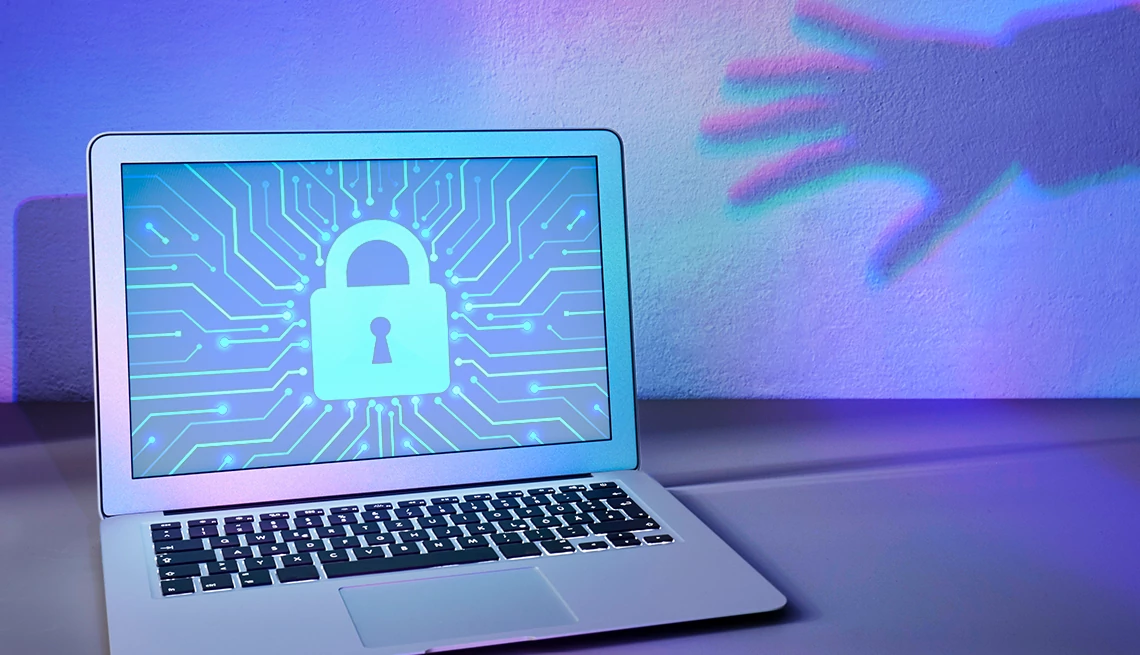AARP Hearing Center


In this story
No burner devices there • New means better security • Websites use encryption • Humans are weak link
If you go to Las Vegas for the Black Hat cybersecurity conference, don't bet on spotting people there using burner phones in place of their usual smartphones.
Nor should you plan on seeing attendees anxiously using a burner laptop, stripped of most of its usual apps and data.
That’s not just because Black Hat, which featured training sessions and briefings in early August, is a professional event that requires work. Security professionals know that despite such high-profile mishaps as July’s CrowdStrike-induced outage, our gadgets have gotten much more secure.
So while longtime attendees can recall when burner devices were common, things have changed.
“It’s not really that way anymore,” Neil Wyler, a network administrator for the conference and the rest of the year a vice president at the security firm Coalfire, said in a panel.
1. Devices have stronger defenses
New computers or the newest smartphones not only will feature speed and storage exceeding their predecessors but also be far more secure. Apple, Google and Microsoft have upgraded their defenses in recent years considerably, to the point where their built-in malware defenses mean you shouldn’t have to pay for third-party anti-malware software.
However, you should enable automatic updates on your devices so they can fight off any problems from outside with quick fixes.
In another Black Hat talk, Natalie Silvanovich, team lead at Google’s Project Zero, explained how that and other initiatives to document vulnerabilities helped push software firms to improve their act. In web browsers, for example, Project Zero and other researchers found so many bugs in Adobe’s once-common Flash browser plug-in that Adobe finally scrapped it — deleting an entire “attack surface.”































































More From AARP
How to Keep Your Social Security Number Secure Online
Ways to safely send your number and what to consider
Think Twice Before Posting Back-to-School Photos of Your Grandkids
Those adorable pictures contribute to a permanent online record of your grandchildren that’s out of their control
Can I Stop Facebook, X From Using Me to Train Their AI?
You didn’t opt in, but you may have options for privacyRecommended for You